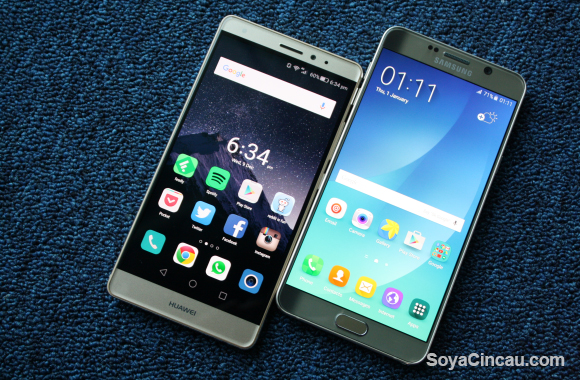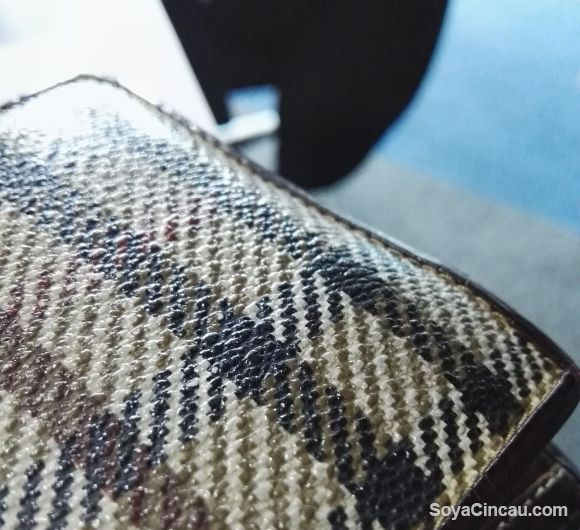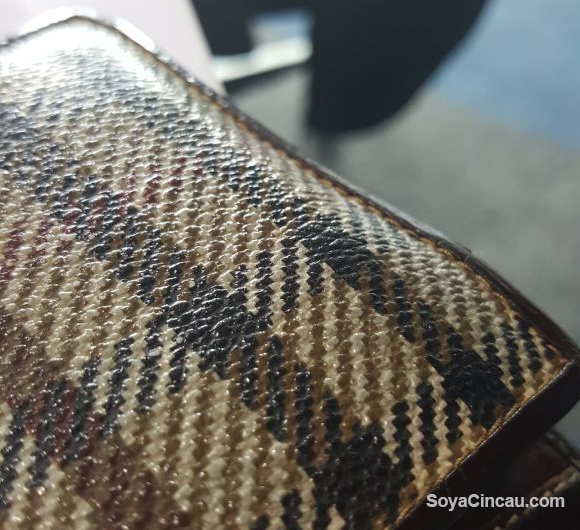Premium. The one description, be it on the spec sheet or in the build quality, most people sought after when going for a smartphone. With technology getting more and more advanced, the premium feel has begun to spill down the price pyramid to the point where even midrange phones can give users that “premium feel”. However, these lower end “premium” smartphones usually come with some corners cut to keep the price low.
I love a great bargain, phones like the OnePlus One or the Xiaomi Redmi Note 2, have great specs for their price, but you can clearly see what was left out. Today though, it isn’t about the best value for money. Today, it’s about two phones that sit close to the top of the price point hierarchy, an echelon where there can be no compromises because anything lower than the best would be unacceptable.
Today is about the Huawei Mate S and the Samsung Galaxy Note5.
As these devices are priced so similarly (RM2,698 for the Mate S and RM2,699 for the Galaxy Note5) the question most people are interested in is “which do I buy?”. Well, we’re pitting these two behemoths against each other in a head-to-head comparison to help you answer that question a little better.
Let me be clear upfront, I won’t go over every detail of each device, rather the devices will be judged on how premium or special they make you feel. If I were going to shell out over two and a half thousand ringgit on a device, I want to make sure that the device is absolutely the best device in every single aspect I could ever purchase with that kind of money. That’s a tall order, but I’m sure if you were going to blow your savings on a purchase like this you wouldn’t settle for anything less. With that out of the way, onwards into the field of battle!
[nextpage title=”Performance”]
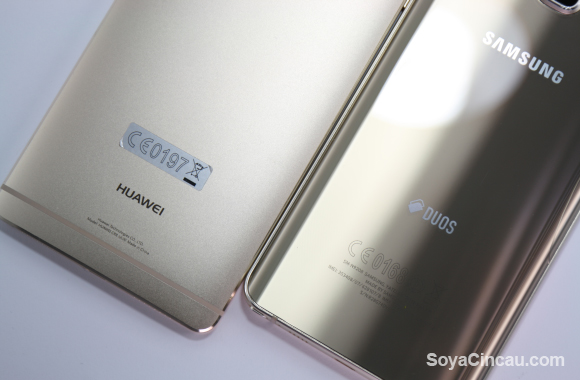
In a word? Buttery. Then again, none of us are actually surprised by this since both devices are running super top end specifications. As a recap, the Mate S runs a high-end Kirin 935 octa-core processor (4 clocked at 2.2GHz x 4 clocked at 1.5GHz) with 3GB of RAM and 64GB of internal storage. On the other hand, the Galaxy Note5 has an Exynos 7420 octa-core processor with 4GB of RAM and 32GB of onboard storage. You would think that with the Mate S’s lack of RAM the Galaxy Note5 would outperform it, but there is no noticeable difference on the “buttery scale”.
Both handled multi-tasking and dual window mode perfectly fine. Gaming was sublime too. Performance was so smooth on Asphalt 8 and Need for Speed: No Limits that you even have time to appreciate the water droplets sliding off your car in the rain. It’s a very obvious tie here. Moving on!
SCORE
Huawei Mate S: 1
Samsung Galaxy Note5: 1
[nextpage title=”Camera”]
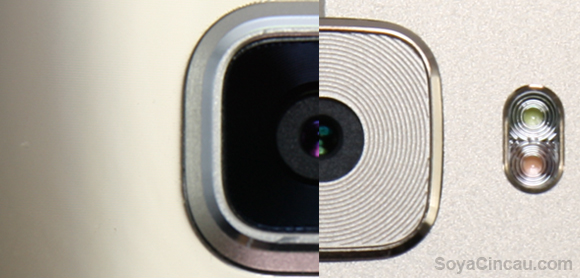
Touted as one of the best smartphone cameras of the year, it seems a little unfair to pit the Galaxy Note5’s 16-megapixel f/1.9 primary camera against the Mate S’s 13-megapixel unit. I’d like to say that the plucky underdog puts up a good fight, but that just isn’t true. The Galaxy Note5 blows it out of the water, especially in low light conditions. This isn’t to say that the Mate S’s camera is very bad, it just pales in comparison to one of the best in the industry.
Outdoor (low light):
Mate S
Galaxy Note5
Outdoor (good light)
Mate S
(without HDR)
(zoomed)

(with HDR)
Galaxy Note5 (without HDR)
(zoomed)

Galaxy Note 5 (with HDR)
Close up
Mate S
Galaxy Note5
As you can tell from the pictures, not only does the Galaxy Note5 produce sharper and more colour accurate pictures, in low light, it also has less noise and didn’t have focusing problems, unlike the Mate S. Colours were also more vibrant while individual buildings and little details were much sharper on the Galaxy Note5. Of course, image quality is subjective, but I’m gonna give this point over to the Galaxy Note5.
SCORE
Huawei Mate S: 1
Samsung Galaxy Note5: 2
[nextpage title=”Fingerprint scanner”]
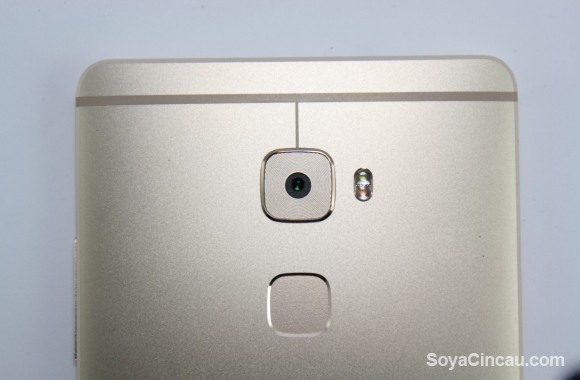
Fingerprint scanners have become a mainstay in high-end devices as the demand for added security grows more dire. In response, both the Huawei Mate S and the Galaxy Note5 have built-in fingerprint scanners, but they’re not only placed in different locations, they behave differently as well. For example, the Galaxy Note5’s fingerprint scanner lies behind its physical home button, a location most commonly accessed by the thumb. On the other hand, the Mate S’s fingerprint scanner lies behind the device, right under the camera, for an easy and natural index finger unlock.
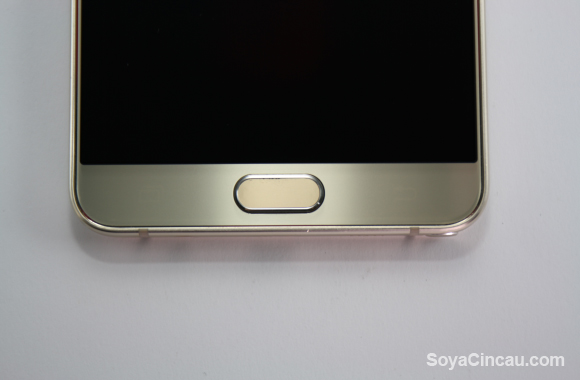
In terms of functionality, the Mate S’s fingerprint scanner is fantastic. One touch with your finger will wake the device’s screen. It is intuitive, responsive and very, very snappy, working within the ninetieth percentile in terms of accuracy. The Galaxy Note5 though flounders in this respect, with it only working maybe half the time. To add oil to fire, the device requires you to actually exert some amount of force to depress the home button and wake the screen before the fingerprint sensor will start detecting your finger. An easy victory to the Mate S here.
SCORE
Huawei Mate S: 2
Samsung Galaxy Note5: 2
[nextpage title=”Media consumption”]
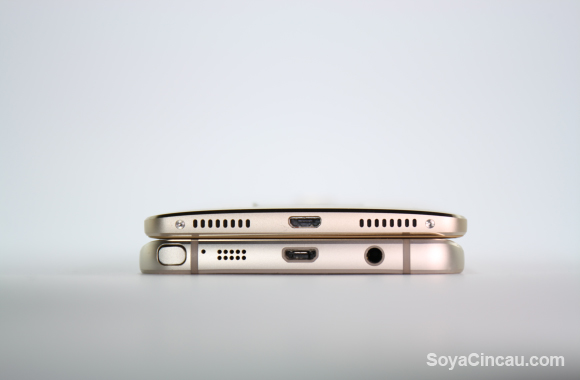
The Galaxy Note5 does edge the Mate S out a little in the speaker department because the Galaxy Note5’s speakers are more balanced and have less distortion at high volumes. But if we were to judge media consumption satisfaction based on the devices’ speakers then both of these high-end premium devices wouldn’t win any awards as they both have downward facing mono speakers(nope, you aren’t fooling us with that double grille Huawei) that are easily blocked and don’t get very loud either. However, media consumption isn’t only for the ears, so when we take the screens into consideration, the Galaxy Note5 comes out the clear winner.
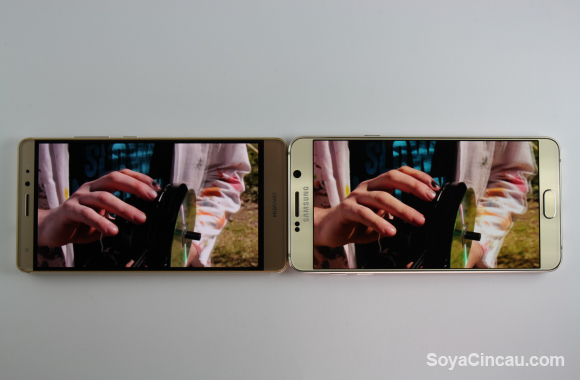
The Galaxy Note5’s 5.7-inch quad-HD Super AMOLED display simply outclasses the 5.5″ full HD AMOLED panel on the Mate S. On the Galaxy Note5, colours are more accurate, contrast is slightly better, it’s also brighter and sharper than the Mate S’s.
SCORE
Huawei Mate S: 2
Samsung Galaxy Note5: 3
[nextpage title=”Build”]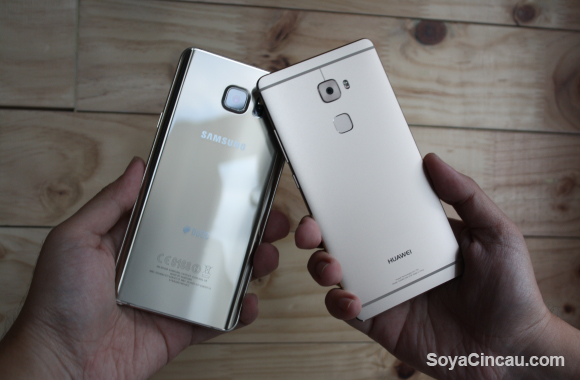
When you buy a premium device, it obviously has to feel premium. Build, then, is absolutely crucial and thankfully for Samsung, they chose the right time to make the switch from plastic to glorious metal and glass. That said, Huawei’s got a pretty fantastic build for the Mate S too.
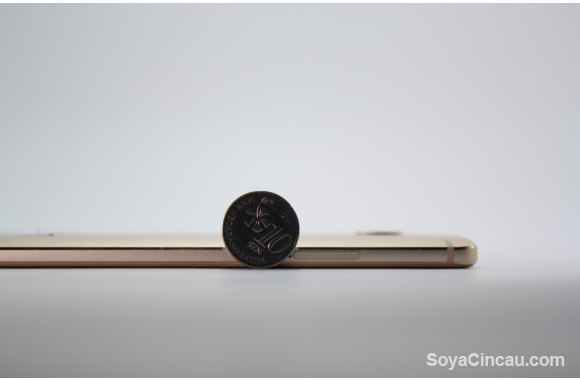
I’m obsessed with how thin it feels in the hand. It is true, Huawei does “cheat” a little with their use of a curved back and contoured 2.5D glass over their display. But y’know what, it doesn’t matter because it’s about how it feels, and it feels sublime. Of course, this isn’t to say that the Galaxy Note5 was thrown together in a hurry because the fit and finish of the device borders on obsessive. That gentle glass curve meshes into the metal band about as seamlessly as it is possible for glass and metal can come together.
Alas, we have to pick a winner and while both devices are a marvel to hold in the hand, in my books, the Mate S edges the Galaxy Note5 out by a hair. Everything just feels like it has been fitted just a little better thanks to that curve and contour.
SCORE
Huawei Mate S: 3
Samsung Galaxy Note5: 3
[nextpage title=”Extras”]
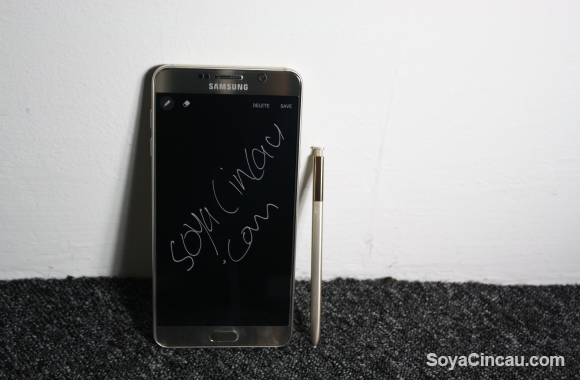
We now arrive at what I like to call the extras. Those nifty little gimmicks that you can show off to your friends who have inferior phones and laugh maniacally as they are frustrated with their own device’s ineptitude. Or maybe that’s just my own twisted way of feeling better about myself? In any case, both these devices do feature some level of gimmickry that will surely elicit some oohs and ahhs from your social peers.
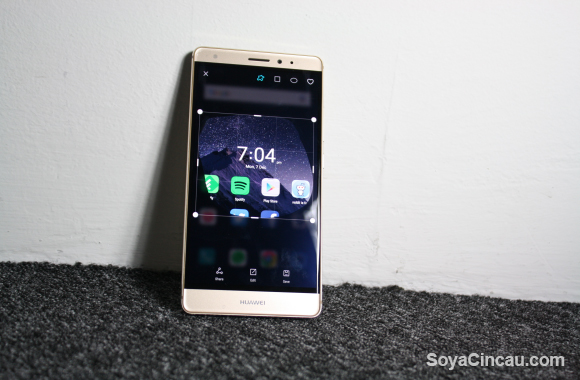
The Mate S has a host of fascinating things that captured my attention for a grand total of 20 minutes (minus “showing-off” time of course). Features like the knuckle sense and light painting were a joy to marvel at and impress during social meetings, but from a practical standpoint, they don’t add that much. Double-tap to wake was a nice feature, something I sorely missed on the Galaxy Note5.
Unfortunately for Huawei, the Galaxy Note5 has a feature that trumps all of the goodies that they’ve included, and that is the S Pen. The S Pen is just the biggest double whammy to Huawei’s face because it is both novel and functional. Not only did I have a blast drawing on screenshots and sending them to my friends, the screen off memo is also fantastic when you need to quickly jot something down and you don’t have a pen or paper handy. On those days where you just don’t feel like typing, you can also use Samsung’s fantastic handwriting recognition to write out your messages instead.
SCORE
Huawei Mate S: 3
Samsung Galaxy Note5: 4
[nextpage title=”Verdict”]
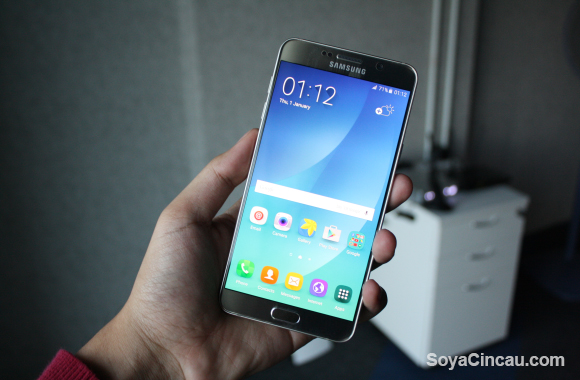
The score came closer than I expected. I thought the Galaxy Note5 would simply knock the Mate S out of the park, but after testing both devices, I found my SIM card spent more time in the Mate S than the Galaxy Note5. But that’s just me. I’m not sure why but I enjoyed using the Mate S more. I liked holding it in my hand, I loved the snappy fingerprint scanner and the almost clinical attention to build quality.
However, if I had to buy one, it has to be the Galaxy Note5. The S Pen and 16-megapixel camera are just too good to give up and since they’re priced at virtually the same point, the logical, spec-hungry entitiy within me simply wouldn’t purchase the Mate S. For the price, the Mate S just doesn’t make sense when compared to what you could get at in the Galaxy Note5.
SCORE
Huawei Mate S: 3
Samsung Galaxy Note5: 4 (WINNER)

